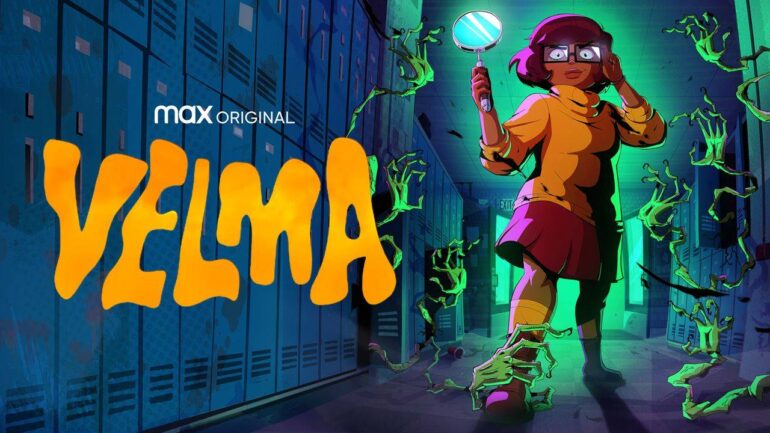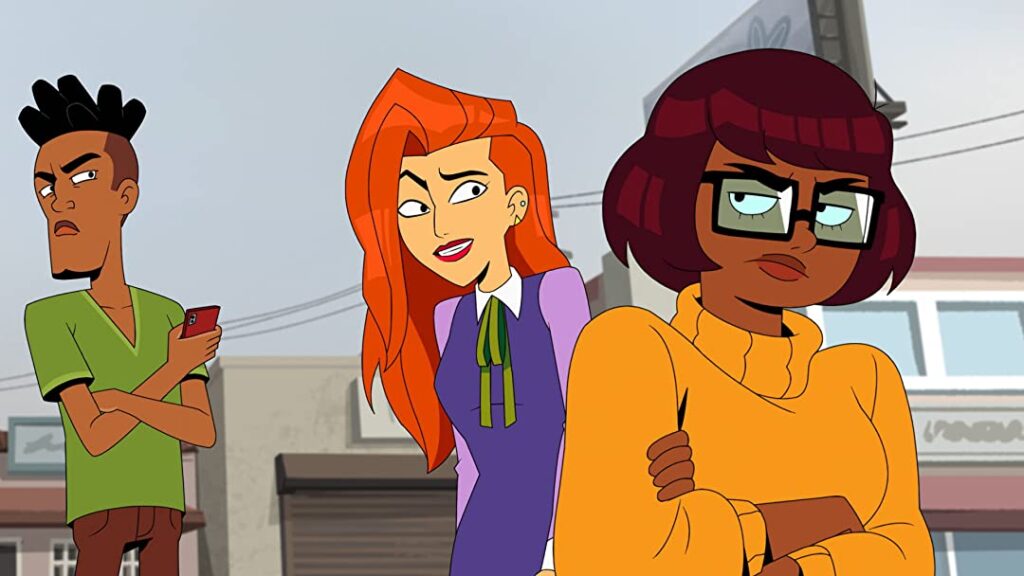There are those series and franchises that have become such fan favorites over the years, that their statuses as certified classics eventually result in a rebooting or remake. We’ve seen it happen plenty of times with properties like Looney Tunes, Archie – the CW’s Riverdale, and Netflix’s Sabrina The Teenage Witch series choosing to take much darker tones with the medium. And even more recent works – talking early 2000s – like The PowerPuff Girls. Of course, not every reimagining is, unfortunately, welcomed, and plenty of them turn out to be major misses rather than hits. However, one franchise has gotten the reincarnation treatment so vastly, that a rendition gaining this caliber of negative attention was bound to stand out above the rest.
We’re talking about the beloved Scooby-Doo series, and its latest incarnation on HBO Max: Velma. Developed and created by comedian Charlie Grandy, as well as executively produced by Mindy Kaling, the series features the voice talents of Sam Richardson, Constance Wu, Glenn Howerton, and Mindy Kaling as the titular character herself.
Before diving into this new series, we must first address the obvious elephant in the room, “Scooby Doo, Where Are You?” Many fans were already feeling apprehensive about this version when it was announced that the usually titular character would not be making an appearance at all. Instead, the show centers around our favorite genius of the group, Velma, and how it was she who inevitably pulls together the rest of the famous mystery-solving gang. Though this concept is interesting, watching even just episode one from the first season immediately makes one thing apparent…these are far from the Mystery Inc. members that anyone remembers.
Taking an adult-oriented approach, and easily comparable to HBO Max’s other adult cartoon series Harley Quinn in its attempts at edginess, the characters of Velma Dinkly, Daphne Blake, Fred Jones, and Norville (not) “Shaggy” Rogers have almost none of their classic charming qualities. Instead, we receive crude, snarky, and conceited caricatures befitting of a cliche high school setting in which the series mainly takes place. Velma is mostly condescending and unlikeable for a good duration of the season, Daphne becomes the standard “popular girl” alongside Fred whose been made to fit this whiny, entitled, rich white boy trope and Norville spends a majority of the time as more of a people pleaser or doormat for the others to walk on – and recounting how much he detests recreational drug use (a running gag playing off the fan theory that Shaggy’s character is actually high most of the time we see him on screen in the classic series).
Though the animation and character designs are pretty dope, when paired with these changes in persona and the overarching storyline, it can take a lot of willpower to muster through the ten-episode season while still keeping an open mind. In fact, my personal dedication and commitment to seeing how everything would eventually play out are what admittedly kept me invested in my watch-through. Velma desperately wants to solve the mystery of why her mom went missing a few years prior to the series’ beginning – a fact that’s played up for laughs since no one else in their town of Crystal Cove seems to care about it at all – as well as finding the serial killer who appears to be targeting only the “hot” girls in their high school.
Yes, you read that correctly. No, I am not joking. This killer is specifically targeting the “hot” girls in their neighborhood. The other characters do go through their own personal journeys and encounters, but this one fact manages to encompass most of why everything occurs throughout this first season. By the end, we do get more of an explanation as to how Velma’s missing mom correlates to the serial killer’s motives, but it is still pretty ridiculous overall.
There were some redeemable qualities scattered in between the chaos. Paying close attention to the background, or having knowledge of Scooby Doo lore as well as the works of Hanna-Barbera in general, there are several easter eggs and references that appear throughout the series. When not trying to be clever by being purposely meta or calling themselves out, certain dialogue lines and visual gags did elicit a genuine laugh or reaction – there’s a corny attempt at rectifying Scooby Doo’s absence around episode six that made me roll my eyes a bit but also crack up at how they chose to solve the issue.
Again, this is far from any version of the Scooby Doo franchise we have experienced to date. Though I’d first like to acknowledge the creative team for taking such a unique and colorful chance with an already highly established collection of characters, it’s understandable why Grandy and Kaling’s vision of things might ruffle a few feathers from long-time fans. Especially when given that the projects Kaling has previously been involved in have begun to put her in a less-than-credible light. Of course, time will only tell which direction the series will head in as it moves forward into its proposed second season.
The first season of Velma is available for viewing in its entirety over on HBO Max.
Rating: 2.5/5 Stars






